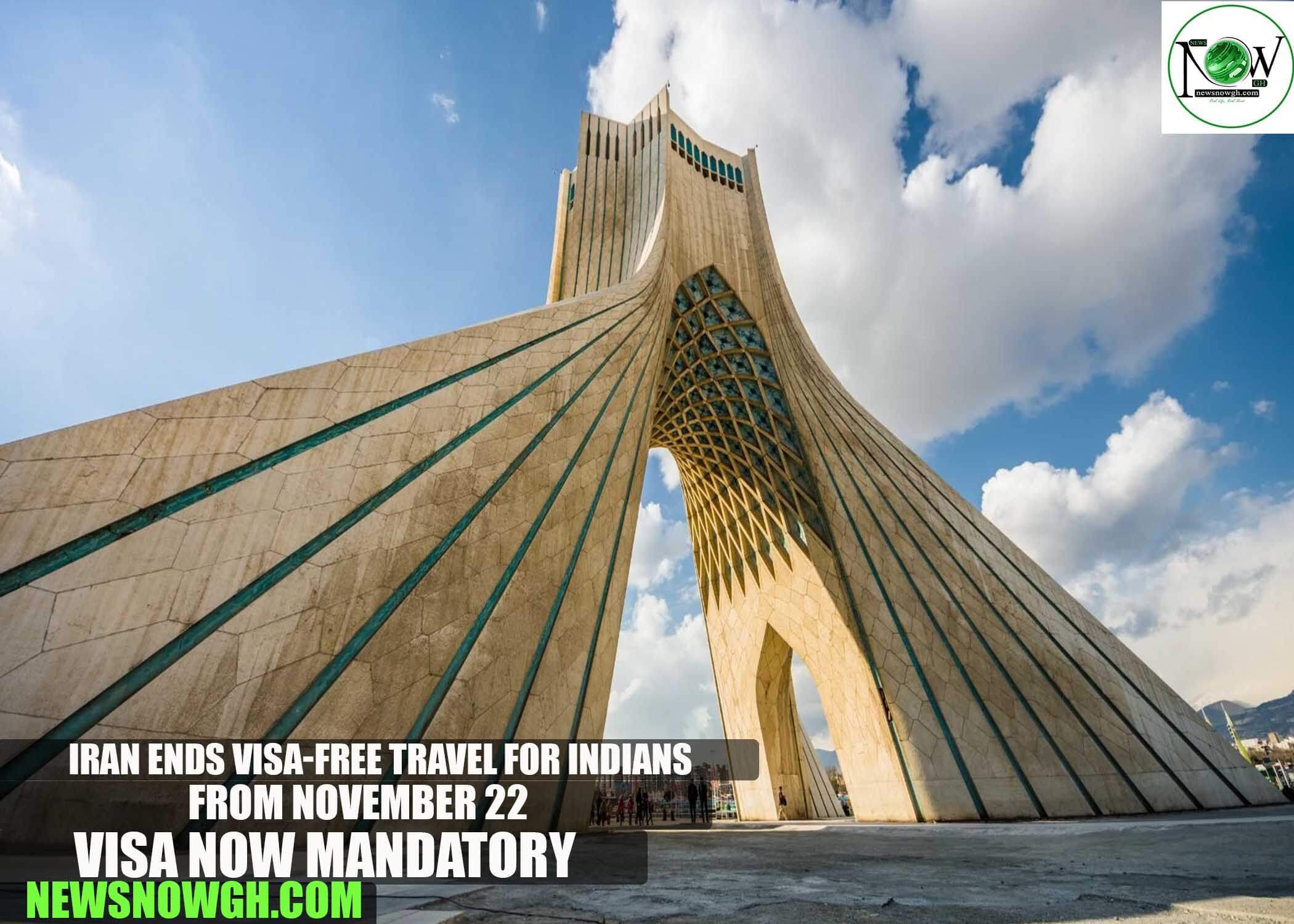Iran Ends Visa-Free Travel for Indians from November 22: Visa Now Mandatory
Effective November 22, Indian citizens will need a visa to enter or transit through Iran. This decision requires all travelers to apply for their visas in advance.
In a significant move, Iran has ended the visa-free entry policy for Indian citizens with ordinary passports. Starting November 22, Indian travelers can no longer visit Iran without obtaining a visa. This regulation applies even for those merely transiting through Iranian airports.
Previous Visa-Free Access
Previously, Indian travelers benefited from visa-free access to Iran if they met specific conditions. This policy aimed to attract more Indian tourists and strengthen ties between the two countries. It allowed visitors to explore Iran for short stays, primarily for tourism or pilgrimage.
New Visa Requirements
With the end of free entry, all Indian nationals must secure a valid visa before traveling to Iran. This requirement extends to passengers merely passing through the country. Even those who do not leave the airport must obtain a transit visa before boarding their flights. Airlines from India have also received directives to prevent boarding without a visa.
Visa Options for Indian Travelers
Iran offers various visa types for Indian visitors. Most travelers go for tourism, business, or pilgrimage. Here’s a brief overview of the available visa options now that visa-free entry is no longer an option:
- Tourist Visa: For leisure travel, sightseeing, or visiting friends/family.
- Validity: 30 days (can be extended).
- How to Apply: Online via the Iranian eVisa portal or at an Iranian embassy.
- Business Visa: Required for business meetings or commercial activities.
- Validity: Depends on the invitation.
- How to Apply: Through the embassy with the necessary documents.
- Transit Visa: Suitable for travelers passing through Iran on their way to another country.
- Validity: Up to 7 days.
- How to Apply: Apply in advance via the embassy or online.
- Pilgrimage Visa: Issued for Muslim travelers visiting holy cities like Qom or Mashhad.
- Validity: Short-term.
- How to Apply: Obtain through the embassy or an approved travel agency.
Reasons for Ending Visa-Free Travel
The Indian Ministry of External Affairs (MEA) highlighted that many Indian nationals fell victim to scams involving false job offers or onward travel. Some exploited the visa-free entry policy and faced dire consequences, such as kidnapping. The introduction of a visa requirement aims to mitigate these issues and enhance traveler screening.
Implications of the New Policy
Iran has historically attracted Indian tourists with its rich culture and majestic cities, such as Isfahan and Tehran. Pilgrimage sites like Mashhad and Qom also draw large numbers. The new visa requirement may complicate trips and increase overhead costs for Indian visitors.
Moreover, Iran has served as a transit hub for budget travelers heading to Europe or Central Asia. Without the option for visa-free travel, these plans may need reassessment.
Recommendations for Travelers
- Apply for a visa at least 2–3 weeks before your departure.
- Ensure your passport is valid for a minimum of six months.
- Maintain printed copies of your visa and flight details.
- Check for updates from the Iranian embassy prior to booking flights.
Conclusion
This policy shift significantly impacts how Indians plan their travels to Iran. It emphasizes the necessity to navigate the visa process accurately, whether for tourism, transit, or pilgrimage. Further details will be released by Iranian authorities, so travelers should begin their preparations to avoid any last-minute changes.
READ MORE
- Sri Lanka Relaxes Entry Regulations: Travelers Can Now Obtain ETA Upon Arrival
- Kuwait Replaces Border Fingerprinting with Mandatory Pre-Travel Biometric Registration
- China Introduces Digital Arrival Card and Broadens Visa-Free Transit Access
- China Extends Visa-Free Entry for 46 Countries Until 2026, Welcomes Sweden to the List
- Saudi Arabia Updates Health Insurance Regulations for Temporary Work Visa Holders
- U.S. Updates Visa Policy: Health and Financial Status to Play Bigger Role in Approvals









